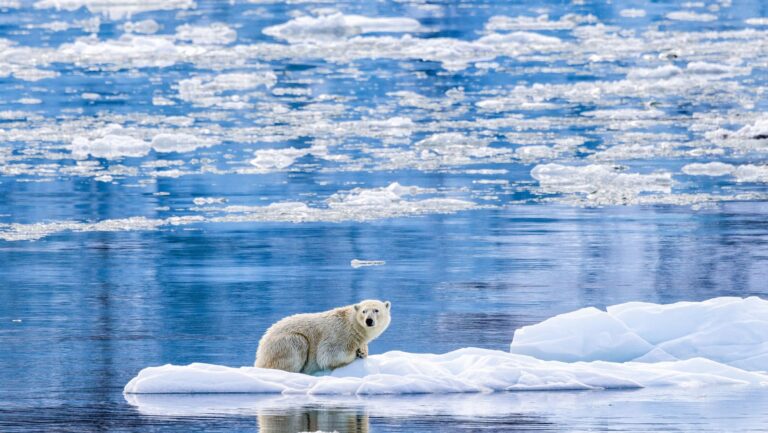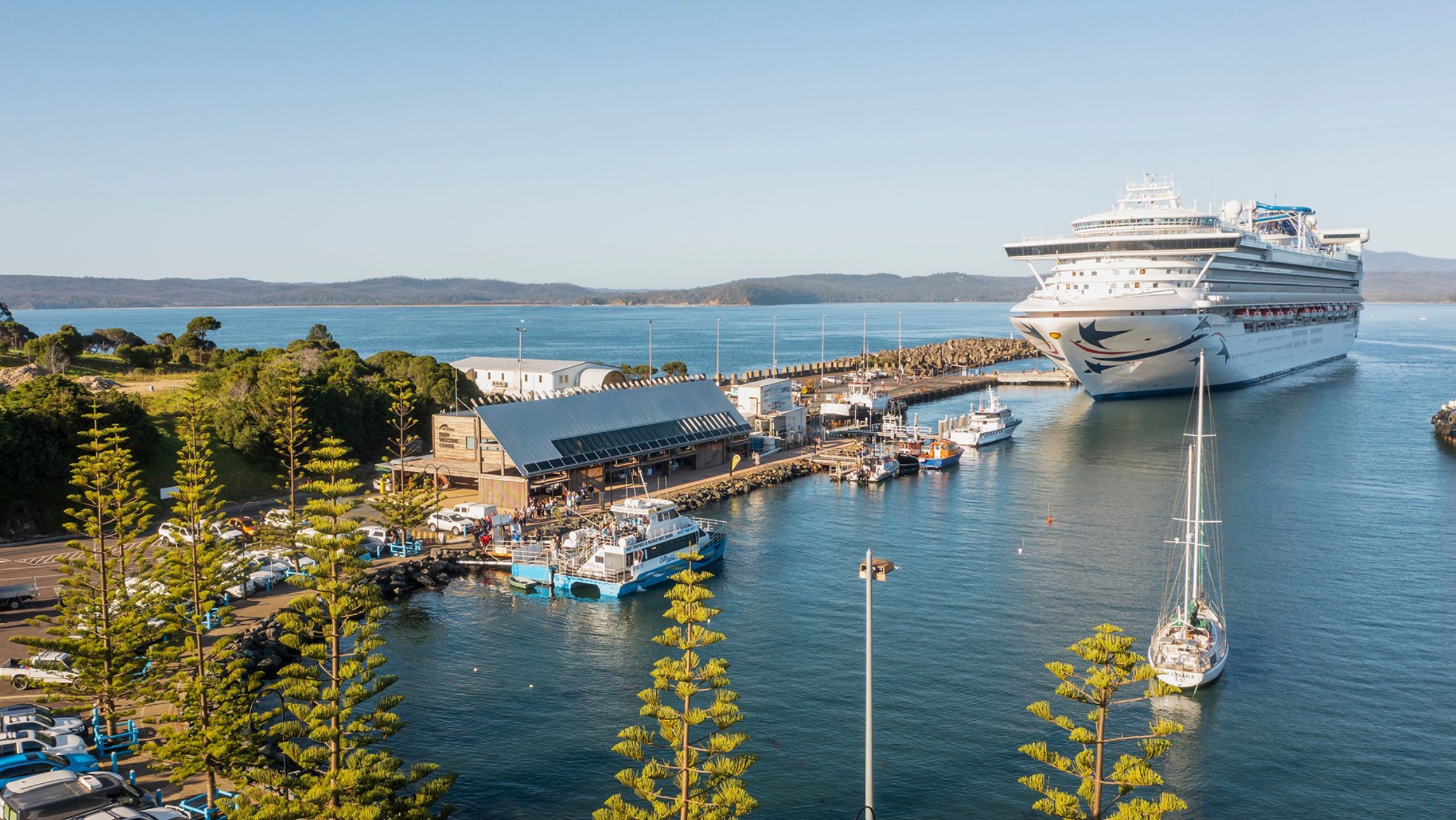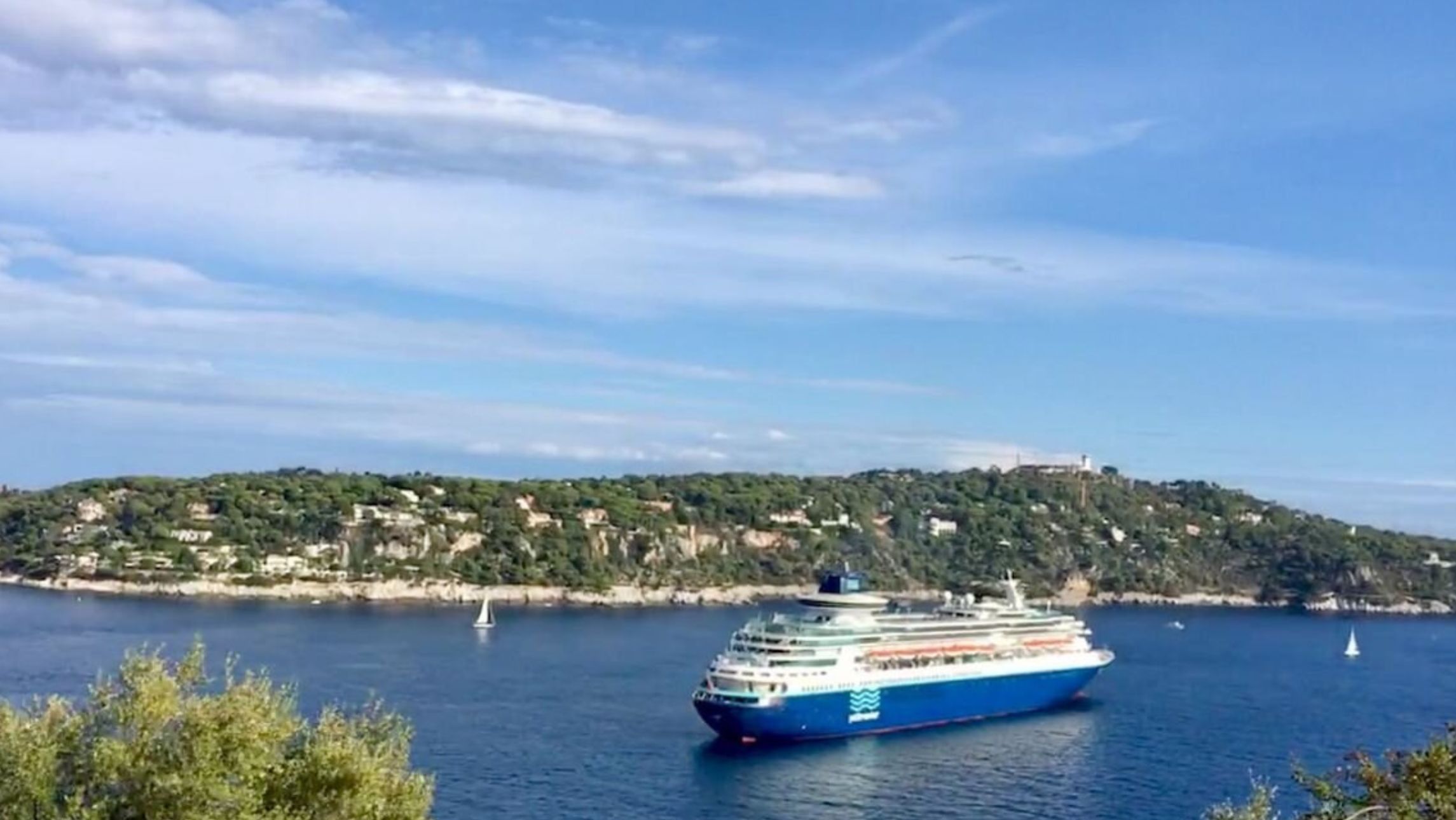- New regulations have been placed on expedition cruising in the region of Svalbard in the Arctic.
- Ships and zodiacs having to maintain a further distance from wildlife like polar bears, walruses and bird colonies.
- Many industry figures are in support of the change and don’t believe it will negatively affect the cruise experience.
From January 1 this year, a series of new regulations regarding expedition cruises in the Arctic have come into effect.
Cruise ships with more than 200 passengers can no longer access the seven national parks and 21 nature reserves of Svalbard. Furthermore, there are new regulations on how close ships can come to polar bears and other wildlife.
This will require a shuffle in operations for cruise lines such as Hurtigruten Expeditions who only have two ships small enough to operate in the newly protected areas.
Ships and zodiacs must be at least 500 metres from polar bears during the peak season of March 1 to June 30 and at least 300 metres away between July 1 and February 28. Vessels will also need to lower their speed and stay at least 500 metres away from bird colonies between April 1 and August 31. Another regulation is that ships and zodiacs must remain at least 150 metres away from walruses gathering on land.
Akville Marozaite, chief executive of the Expedition Cruise Network says new regulations are “a small price to pay” for the privilege of visiting the region.
“Our members, who sail in Svalbard, all passionately believe in protecting the fragile environments they operate in.
“It is the priority after the safety of guests and crew and our members have conscientiously been adhering to strict wildlife viewing rules in Svalbard for years. If the regulations ensure Svalbard and its wildlife are properly protected for generations to come, then we believe they are a small price to pay.”

Giorgio Malvermi marketing manager at Albatros Expeditions told TTG Media that he thinks this will only serve to enhance the expedition experience, as they’ll be able to see animals interacting naturally with wildlife rather than reacting to the presence of humans or boats up close.
“Guests will still have the opportunity to witness iconic Arctic wildlife, including polar bears, in their natural environment. The increased viewing distances reinforce the principle of minimal disturbance, allowing animals to behave naturally without human interference.
“This means guests can experience truly authentic wildlife encounters – watching a polar bear patrol the ice, a walrus colony interact undisturbed, or seabirds nesting along rugged cliffs – all without altering their behaviour.”
Mariano Curiel, head of operations at Secret Atlas also told TTG that regulations won’t have a negative effect on the cruise experience.
“Since January 2025, stricter regulations are being enforced in the 12-mile zone of Svalbard waters, but they won’t diminish the experience. The new regulations around minimum distance do not mean that you can’t witness these animals in the wild.
“Respecting the new Svalbard regulations, small groups can explore further in the pack ice providing ample space for polar bear sightings at a distance against the expansive ice field and dramatic backdrop of the Arctic.”
Bernard Carter, sales lead for Atlas Ocean Voyages says cruise lines such as his will also be amply prepared to maximise wildlife viewing opportunities and enhance the experience despite new regulations.
“Atlas provides binoculars in every stateroom, and many camera shops offer telephoto lens rentals (minimum 400mm) for travellers who want to optimise their wildlife photography experience.”










Perfect idea to cause as little disturbance/disruption to these magnificent creatures whilst in their environment. Keeping your distance is a great motto.